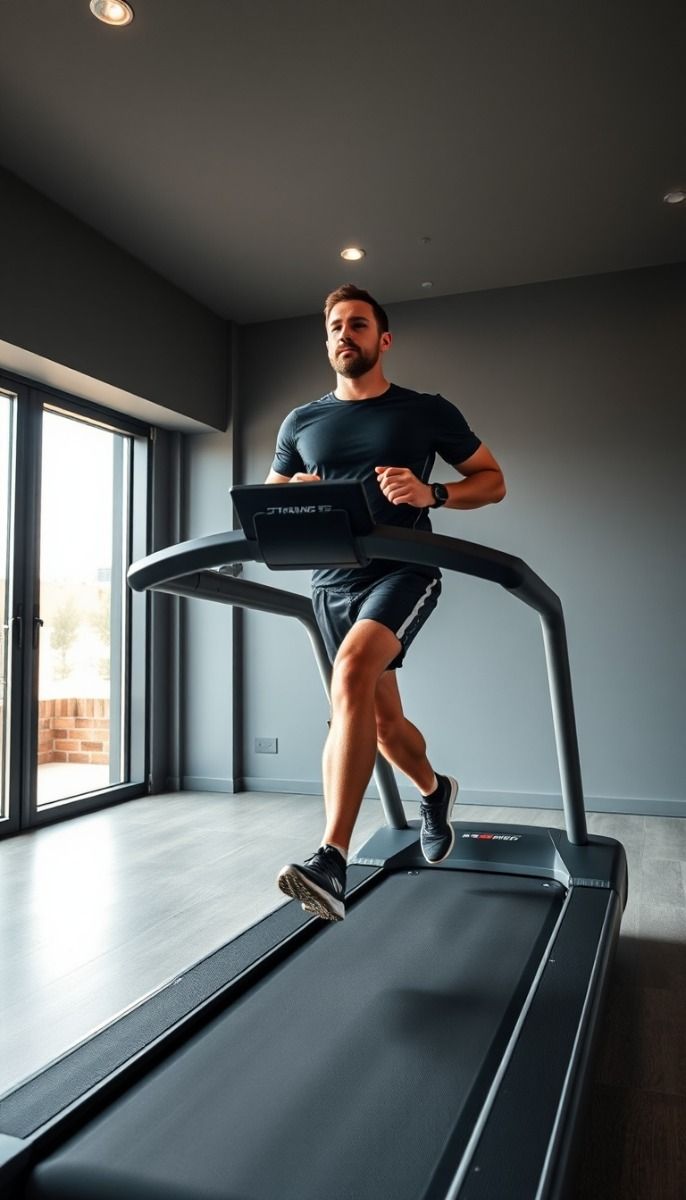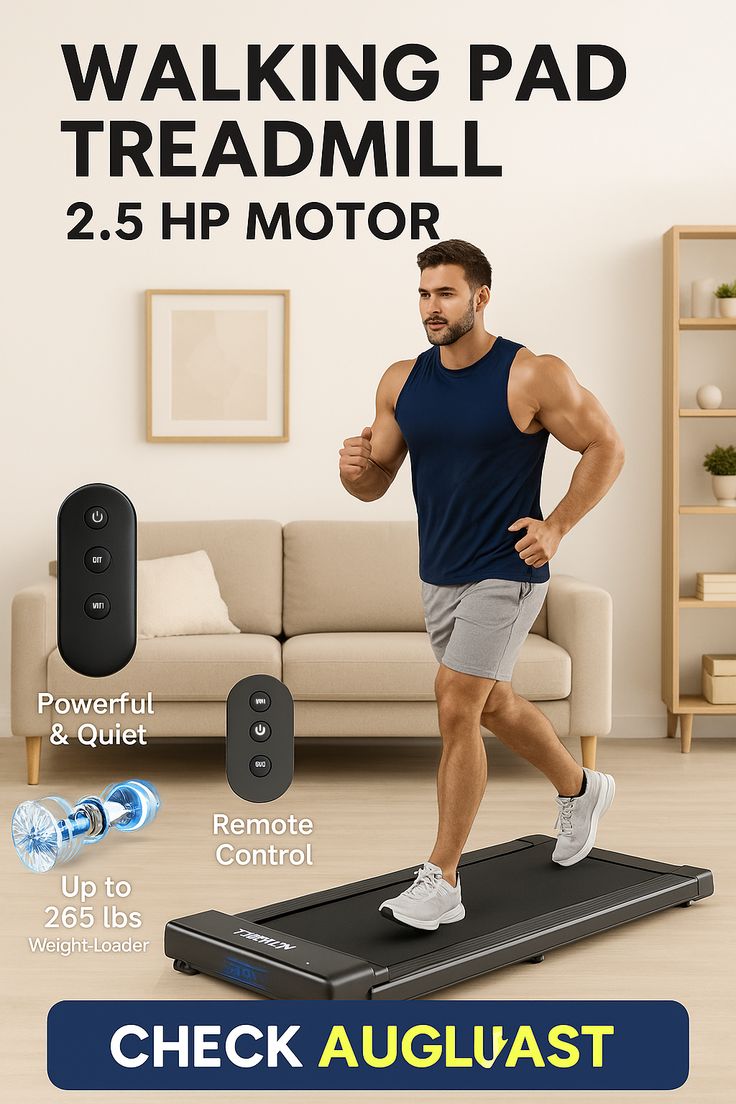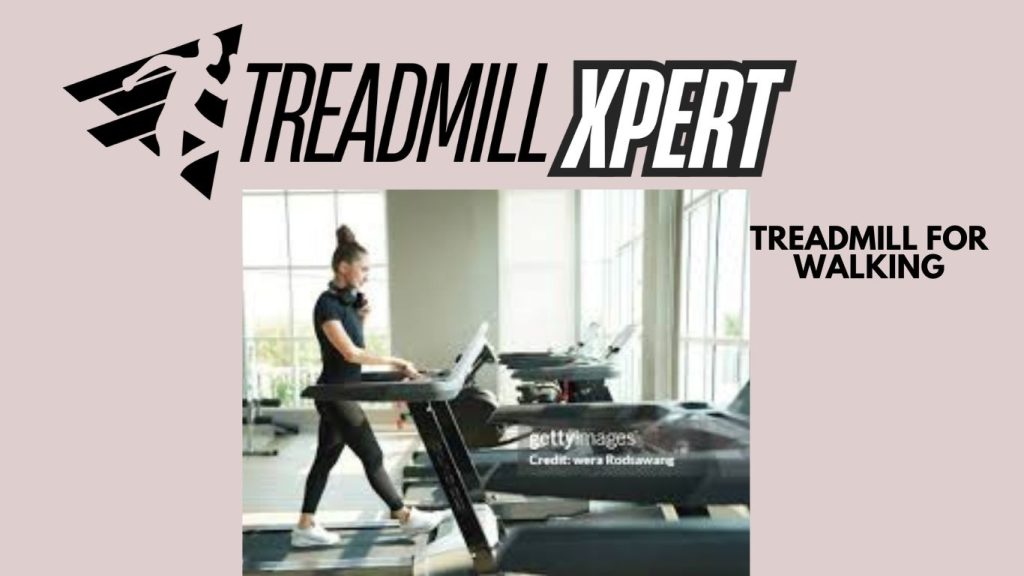What is the best treadmill for walking?
The best treadmill for walking fulfills your specific needs and preferences. However, I can guide you on what to look for in a walking treadmill: MOTOR power, Belt size, Speed range, Cushioning, Incline, Console features, and Folding capability.
-
Motor Power: 2.0–3.0 Continuous Horsepower (CHP) is sufficient for extended walking sessions.
-
Belt Size: Minimum of 48–50 inches in length and 18–20 inches in width for comfort and practicality.
-
Speed Range: Maximum speed of 8–10 mph is adequate for walking.
-
Cushioning: Good shock absorption is essential to reduce joint impact and ensure a comfortable walk.
-
Incline Feature: Allows for varied workouts and increased calorie burn.
-
Console Features: Look for displays with heart rate monitoring and pre-set workout programs of treadmills.
-
Folding Capability: Ideal for saving space in offices or small homes.

What are popular and well-reviewed walking treadmills?
Some popular and well-reviewed walking treadmills include the NordicTrack T Series, Horizon T101, Sole F63, and Life Span TR1200i.
Who used the walking treadmill?
The treadmill for walking is used by a wide range of people for effective workouts. Here are some common groups who often benefit from using walking treadmills: Beginners to exercise, Seniors, People with joint issues, those recovering from injuries, Office workers, Individuals with mobility limitations, People managing weight, those with balance issues, Individuals with certain health conditions, and Anyone looking to improve cardiovascular health.
-
Beginners to Exercise: Walking treadmills are a good starting point for those new to fitness.
-
Seniors: Walking treadmills help older adults maintain mobility and cardiovascular health.
-
People with Joint Issues: Walking is low-impact and suitable for those with knee, hip, or ankle concerns.
-
Injury Recovery: Treadmills can be used in rehabilitation programs under medical guidance.
-
Office Workers: Treadmills help sedentary workers increase daily activity in the workplace.
-
Individuals with Mobility Limitations: Controlled treadmill environments are easier to navigate than outdoor terrain.
-
People Managing Weight: Walking supports weight management and overall health improvement.
-
Those with Balance Issues: Handrails on treadmills offer stability for those needing extra support.
-
People with Health Conditions: Walking may be recommended for managing mild hypertension or type 2 diabetes under a doctor’s advice.
-
Anyone Improving Heart Health: Regular walking benefits cardiovascular health.
What are beneficial for older adults and patients?
Using a walking treadmill can offer numerous benefits for older adults and patients due to some advantages. Using a walking treadmill has some advantages for older adults: Improved cardiovascular health, Maintained mobility, Better balance, Weight management, Cognitive function, Mood enhancement, and Bone density.
Health Benefits of Using a Walking Treadmill:
-
Improved Cardiovascular Health: Strengthens the heart and improves circulation.
-
Maintained Mobility: Preserves muscle strength and joint flexibility.
-
Better Balance: Predictable surface and incline use can enhance balance and coordination.
-
Weight Management: Low-impact walking helps maintain a healthy weight.
-
Cognitive Function: Physical activity may slow mental decline.
-
Mood Enhancement: Exercise boosts mood and reduces stress and symptoms of depression.
-
Bone Density: Weight-bearing activity helps maintain bone density.
Specific Benefits for Patients:
-
Controlled Environment: Stable, predictable surface aids in rehabilitation.
-
Customizable Workouts: Speed and incline adjust to the patient’s needs.
-
Progress Tracking: Monitors improvement over time.
-
Low-Impact Exercise: Easier on joints compared to other workouts.
-
Improved Circulation: Supports better blood flow.
-
Respiratory Function: Enhances lung capacity and overall breathing.
-
Pain Management: Regular walking can help manage chronic pain.
-
Convenience: Allows exercise in any weather or location.
Note: Exercise programs for older adults or patients should be approved by a healthcare provider.

How Walking on a Treadmill Helps with Weight Loss:
-
Calories Burned: Walking burns calories, contributing to a calorie deficit.
-
Consistency: Regular use increases daily energy expenditure.
-
Intensity Control: Incline and speed adjustments increase workout effectiveness.
-
EPOC Effect (Afterburn): Elevated calorie burn continues post-workout.
-
Muscle Engagement: Activates muscles in legs, core, and glutes.
-
Metabolism Boost: Sustained activity can enhance resting metabolic rate.
Who can maximize weight loss with a treadmill?
Aim for at least 150 minutes of moderate-intensity walking per week to maximize weight loss with a treadmill. Gradually increase the duration and intensity of workouts. Incorporate interval training (alternating between higher and lower speeds). Use incline features to increase difficulty and calorie burn. Combine with strength training for better overall results. Maintain a calorie-controlled, nutritious diet and use the treadmill for walking.
